Yasuda Akihiro (Art Director for Sakurazuki) interview from BRODY April 2023
An action that can only be made that time
Q Yasuda-san, until now you’ve been handling apparel advertising mostly, right?
Yasuda: I think I often create visuals for apparel. Other than that, I’ve also worked with a fashion designer to start a brand and I’ve been contributing works to overseas magazines. I’m always working with multiple projects.
Q Thinking back, after graduating from arts university, you joined a company specializing in advertisement…
Yasuda: That’s right. First, I joined an advertising agency in my hometown of Osaka. After that, while working for about one year and half as a graphic designer in a New York design company, I produced various works and such. I returned to Japan, and after a persistent approach, I was able to work under my teacher. Then I became independent from my teacher, and that’s where we are now.
Q (As there was a canvas in his office) Yasuda-san, do you also paint?
Yasuda: Sometimes I make paintings for apparel stores. For example, I was asked to put a visual I made on the facade (exterior of a building) of a store, and also, to do a live painting of it.
Q Did you make any announcement that you were going to do a live painting?
Yasuda: No, I started it in a guerilla way.
Q Sorry for asking so many questions about your career history. You don’t have any website displaying your career history, just your Instagram account, so I was unable to fully grasp Yasuda-san’s activities.
Yasuda: I haven’t gotten around compiling my work history, and when I was thinking about how I should present what I’ve worked on, the opportunity for it passed already (laughs). This time, working as an art director for Sakurazaka46 started when a staff member saw my name credited as a photographer and sent me a DM on Instagram.
Q So that’s how it all started.
Yasuda: I received a message asking if I would be interested in participating in the competition [for proposal]. When we met, they said, “You really exist” (laughs). It seemed that they were anxious about whether or not I would reply to their DM. Well, of course they would think so considering how little information there is about me.
Q These days it’s rare to have such a small amount of information (laughs). Have you ever worked as an art director for a CD cover?
Yasuda: This was my first time.
Q Do you often participate in competitions?
Yasuda: I don’t actively participate in them, but it made me happy how they were interested in me, so I decided to give it a try.
Q What kind of proposal did you submit?
Yasuda: I started with the main concept of “things that have no answers enrich people”, and then I set the theme of “expressing sounds visually”. When I reconsidered my relationship with music, I realized that music and memory are connected, and I’m sure that’s how it is with everyone else. Each person surely has a song that reminds them of their youth the moment they hear it. Nowadays, people might be listening to music in the way of streaming, but for my generation, it was records and CDs. There were times when I would buy one just because of how the cover looks. I think that meeting in such an illogical way is also one of the charms of music. That’s why I proposed artwork that “expresses sound visually”.
Q There was no pre-established theme set for the competition?
Yasuda: There wasn’t. I was able to look at OSRIN-san’s artwork as reference. They suggested we should come up with what direction the group should take in regard to the visuals for the second season.
Q I see.
Yasuda: OSRIN-san’s works have visuals with a strong message, and while I don’t know whether my interpretation is correct or not, I got the impression of western and religious paintings. It’s my favorite kind of world-view. Works that have been called masterpieces are created by calculating the flow of the eye and how long should one pause to look at certain spots, and that’s why people can’t help being attracted to it. I feel the same is true of Sakurazaka46’s works.
Q Yasuda-san, what did you think was needed to reach the next step?
Yasuda: I think that the “meeting in an illogical way” I mentioned earlier is an instinctive movement of the heart. I want to create works that can be felt instinctively. One of them is the graphical music notation. In general, sheet music has the musical notes written in staff notation, but graphic notation is written in shapes and free lines to express ambiguous emotions, and it is impossible to reproduce the same piece of music twice. In order to broaden the interpretation of music, artists sometimes gave graphic notation to orchestras and asked them to play it. It’s an experimental approach where new music is born by going outside the rules. I thought it would be interesting to use graphic notation to “express sounds visually”. When people move, they emit a lot of sounds, right? How about having the members of Sakurazaka46 move, and then making the trajectory of that sound into lines and circles? And so I came up with the idea of making the members of Sakurazaka46 look like graphic notation.
Q So you already had a specific image in mind at the time of the competition.
Yasuda: It was pretty much settled already. The most important thing in my job when I’m creating works is “to move emotions”. I’m always thinking about what gets stuck in my mind when I take a bird’s eye view at what is happening in the world today as well as my own personal feelings. Sometimes they are very raw emotions, sometimes they are unorganized, and sometimes they cannot be put into words. In this case, I want people to feel Sakurazaka46’s charm, and for that reason I wanted to move the emotions of those who saw the artwork.
I think they are a group with a high level of performance ability, so that’s why I connected them to graphic notation. I thought that a sense of unpredictability was absolutely necessary, and that it would be possible to express movements and emotions that could only be created in that moment during the photo shoot. I wanted to give form to something that could only be created on that particular day and at that particular time. I also heard that there were a lot of reactions from people overseas, so I hoped that the visuals would be interesting even when viewed by people with cultures that are different from Japan.
The underlying theme for each cover
Q Did you know of Sakurazaka46 before this?
Yasuda: I knew about them. Right after my proposal was accepted, I was given the chance to watch their Tokyo Dome concert, and I was reminded again about how great the group is. Not only did they have a high-performance ability, but their movements were linked to my own emotions as well, and they evoked memories of girls from my high school days. Some were beautiful, some were moodmakers, and I think I now understand the mind of fans who become interested in some of the girls. In addition, there was also the graduation of the captain, Sugai (Yuuka)-san. I didn’t have that deep of connection with the group, but I was immersed in the world of Sakurazaka46 and felt as if I was watching a movie. I found myself weeping along with the Sony staff (laughs). On my way home, everyone was quiet, only saying things like “It was great…”
Q They are wearing colorful costumes, was it decided based on Yasuda-san’s direction?
Yasuda: I made the world of black and white resemble a musical score, and many colors (sounds) were scattered around, I wanted to express how it looks when being played. The members became the sounds and added colors to the musical score. Because that’s what I wanted to express, I told the stylist Ichinosawa (Yuuta)-san, “Imagine the girls themselves become the sounds and please go with an image that blends them together”.
Q What kind of direction did you give to the Sakurazaka46 members?
Yasuda: I told Sakurazaka46 members, “Each of you becomes a sound and you blend together, creating a harmony. I told them that I wanted to create a work where the sounds can be felt from the visuals. For their movement, I asked choreographer Inomaiko-san to give the direction and test it over and over again. Sakurazaka46 members must have had a difficult time because they had to do many takes in order to take it all in just one-shot shooting. We prepared thoroughly in advance to avoid making it burdensome as much as possible. On the day of the filming, we also prepared the same number of stand-in dancers as the members and had them teach the members.
Also, each cover has its own hidden theme that depends on the number of members and each has different types of sounds. For example, one person is the center, so she is the “spokesperson”, and the moment they become two, they are “order and deviation” because they can get along but there’s also conflict, when it becomes five members, there is “individual choice” because it’s a number that has diversity, but it can also bring transformation, and when it’s seven or more members, it shows the strength of “a group”.
I asked Inomaiko-san to think about the meaning of each number, the underlying theme, and the movement to feel the sounds. The underlying theme was shared with the staff, but the members weren’t told about it. As I mentioned earlier, I was trying to do something for which there are no answers, so I was concerned that if I told them everything it might cause confusion.
Q What did you think about Sakurazaka46 members’ responsiveness on the work site?
Yasuda: Whenever I asked them “please do it like this”, they would quickly fix it and move in response. I think they are all responsive.
Q Were there any members that made you think “their movement is nice”?
Yasuda: I think that Morita (Hikaru)-san has a high sensitivity to movement. Yamasaki (Ten)-chan also works as a model, so she has a good way of presenting herself. Habu (Mizuho)-san’s movement was also good. Each of them has their own individuality, it made me think “So this is Sakurazaka46”. The timing for the movement was difficult when the group was gathered, and some of the members showed their frustration when the OK was not given. Everyone worked really hard.
Q Did you get any inspiration from working with Sakurazaka46 members?
Yasuda: I received many hints about what to do next from seeing everyone’s movements up-close.
Q Has your love for Sakurazaka46 grown through this work?
Yasuda: Of course (laughs). They approached their expressiveness directly, so I was glad to have been able to work with them.
Q If you receive another offer, would you work with them again?
Yasuda: I think that it depends on how “Sakurazuki” fares, but I hope to be able to work with them again. There is both “expectation” and “fear” about how a challenging work that you’ve done will be received.
Q Listening to you, I get the feeling that the finished work is consistent with your original concept.
Yasuda: I think that I was able to express what I wanted. In the first place, I didn’t think that I would win the competition. When someone from Sony asked me to do the graphic notation, I was genuinely surprised that they made such a challenging choice. The reason I was able to do it this time was largely due to the label’s decision.
Q Um… Yasuda-san, do you look yourself up on the internet?
Yasuda: (laughs). I rarely put my name out there, so I don’t usually do it, but this time I looked up the reactions of when the artwork was released. I was relieved to see so many positive reactions.
Q Was there anyone who guessed the graphic notation theme?
Yasuda: There was none. I don’t think that people are familiar with “graphic notation”, so I don’t think that they could interpret it. I’m glad I was able to talk about it here (laughs). I hope that the readers will enjoy looking at the covers from a different perspective.
—
Translation: tmi
QC: deedlitmurata
Raw: kiryu
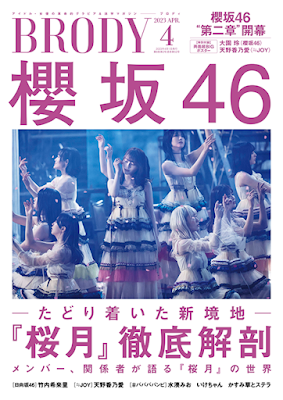
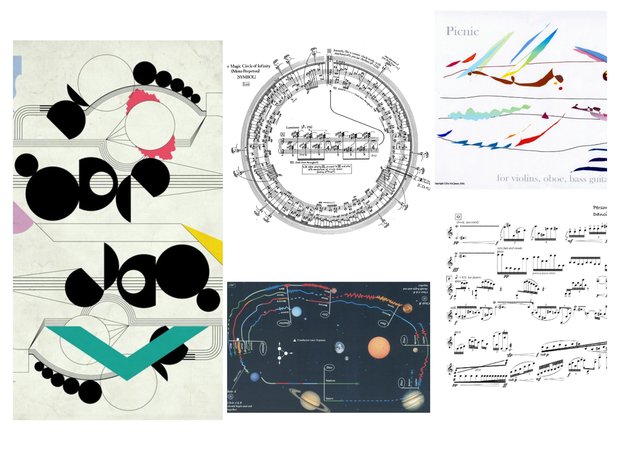
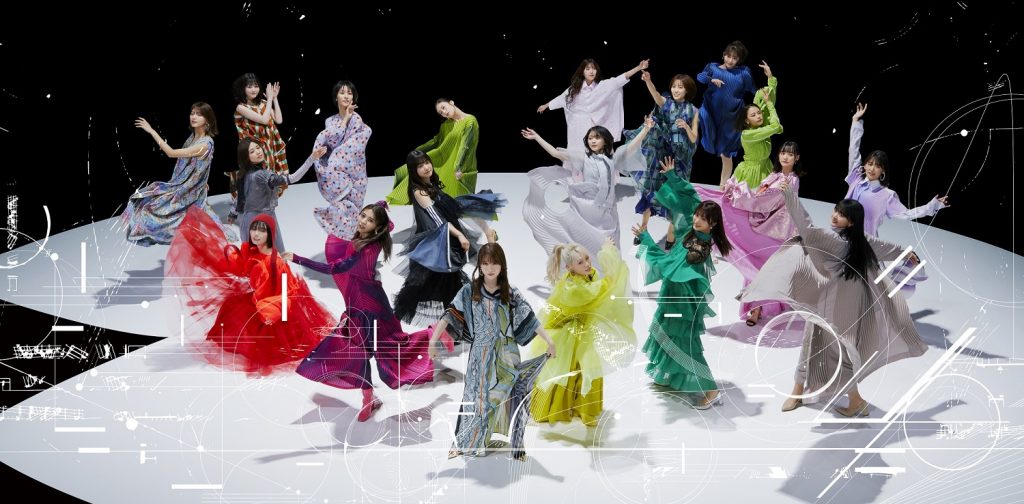
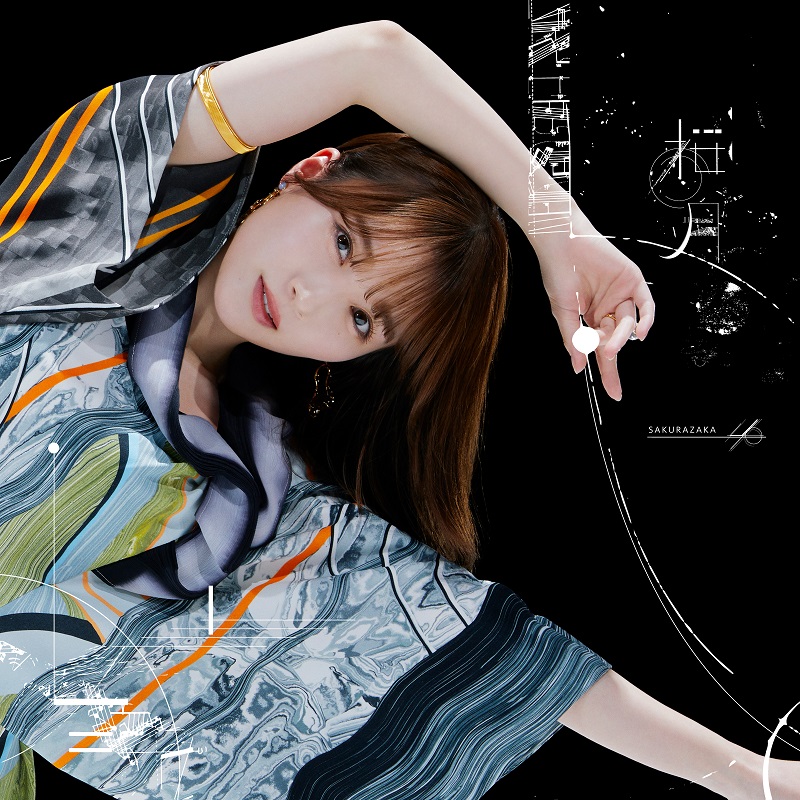
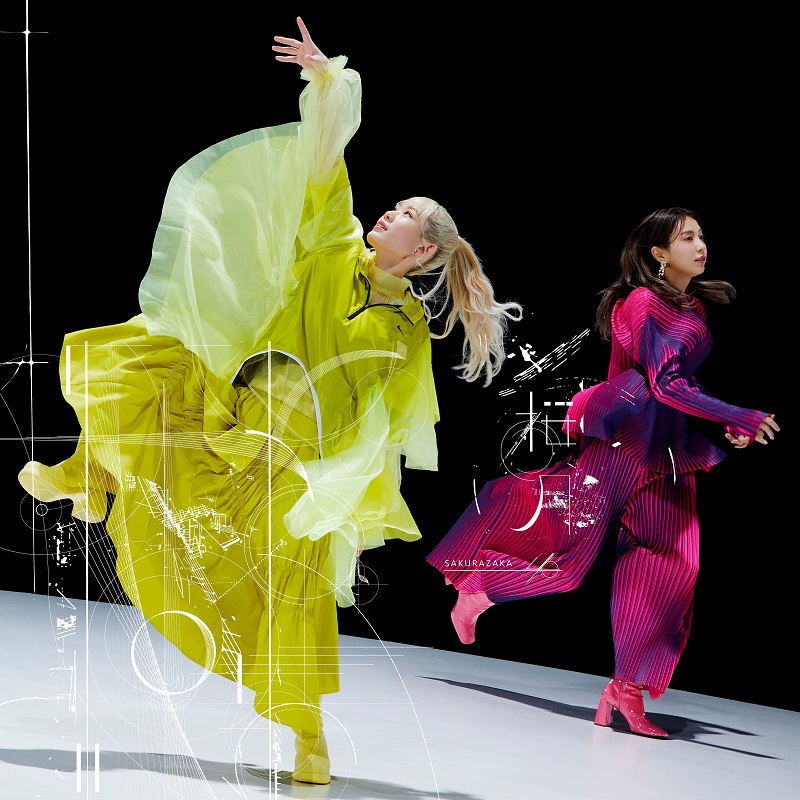
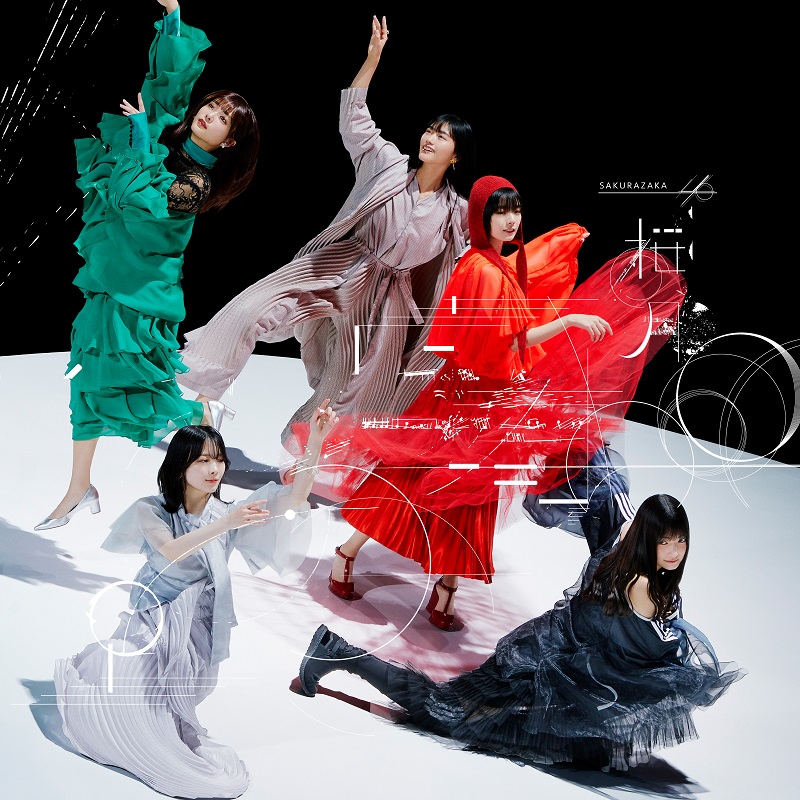



Comments
Post a Comment